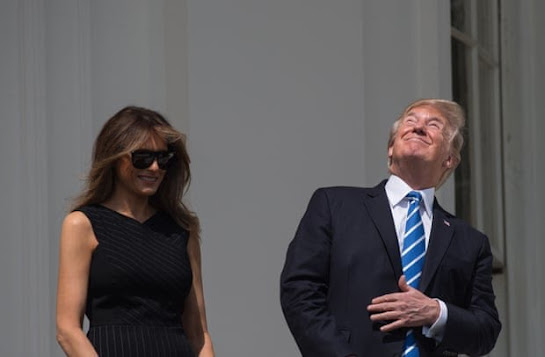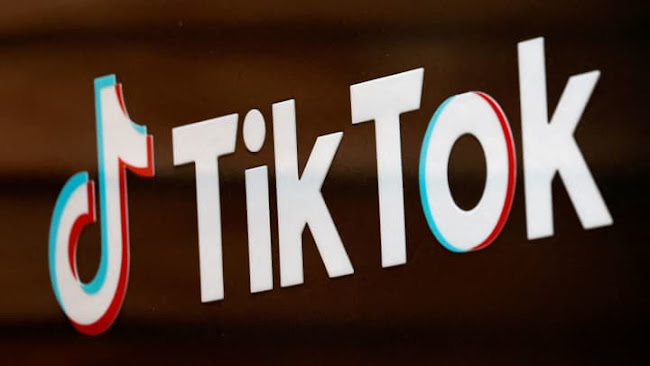Safeguarding Vision: Navigating Eye Damage Risks After a Solar Eclipse
How to tell if you damaged your eyes during the solar eclipse
Introduction:
In the wake of a solar eclipse, concerns arise regarding potential eye damage due to unprotected viewing. This article delves into the methods to identify, understand, and mitigate such risks, emphasizing the importance of eye safety during celestial events.
Understanding Solar Eclipse Eye Damage:
Solar eclipses, captivating celestial phenomena, attract spectators worldwide, offering a rare glimpse of nature's grandeur. However, amidst the awe-inspiring spectacle lies a hidden danger: staring directly at the sun during an eclipse can pose significant risks to eye health. The intense solar radiation emitted during such events can cause solar retinopathy, a condition characterized by damage to the retina, potentially leading to permanent vision impairment or even blindness.
Identifying Eye Damage:
Recognizing the symptoms of eye damage post-eclipse is crucial for prompt treatment and mitigation of long-term consequences. Symptoms may manifest as blurred vision, distorted vision, sensitivity to light, or central vision loss. It's imperative that individuals who experience any of these symptoms after viewing an eclipse seek immediate medical attention to assess and address potential eye damage.
Expert Insights:
Ophthalmologists and eye health experts stress the critical importance of protective eyewear during solar eclipse viewing. Contrary to popular belief, standard sunglasses or improvised filters, such as exposed film or compact discs, are insufficient for shielding the eyes from the harmful effects of solar radiation. Specialized solar viewing glasses or handheld solar viewers certified by reputable sources, such as the International Organization for Standardization (ISO), are recommended to provide adequate protection.
Key Factors in Eye Protection:
The article underscores the significance of utilizing certified solar filters that adhere to international safety standards. These filters are designed to allow safe levels of sunlight to enter the eyes while filtering out harmful ultraviolet (UV) and infrared (IR) radiation. Furthermore, proper usage guidelines, such as regularly inspecting the filter for scratches or damage, are essential to ensuring effective eye protection.
The Role of Education and Awareness:
Promoting public awareness about the dangers of viewing solar eclipses without adequate eye protection is paramount. Educational campaigns, disseminating information on safe viewing practices, can play a crucial role in mitigating the incidence of eclipse-related eye injuries. By educating the public on the importance of using certified solar filters and providing guidelines for safe viewing, individuals can make informed decisions to protect their vision during celestial events.
Implications and Future Directions:
As solar eclipses continue to captivate the public's fascination, ensuring widespread understanding of eye safety measures becomes increasingly important. Government agencies, educational institutions, and community organizations can collaborate to develop comprehensive outreach programs aimed at promoting safe viewing practices and preventing avoidable eye damage. By fostering a culture of eye safety and responsible eclipse viewing, society can enjoy these celestial spectacles while safeguarding vision for generations to come.
Conclusion:
In conclusion, safeguarding vision during solar eclipses requires a multifaceted approach encompassing awareness, education, and adherence to recommended safety guidelines. By recognizing the symptoms of eye damage, utilizing certified solar filters, and advocating for public awareness, individuals can enjoy the awe-inspiring beauty of celestial events while protecting their vision and preserving eye health for years to come.
Disclaimer:
The information provided in this summary is for general informational purposes only and should not be construed as medical advice. It is essential to consult with a qualified healthcare professional or ophthalmologist for personalized guidance regarding eye health and safety, particularly concerning solar eclipse viewing. The original news article referenced for this summary can be found [here]. Readers are encouraged to verify the information and consult reputable sources for comprehensive understanding and decision-making regarding eye safety during celestial events.








Comments
Post a Comment